How do you go from being an obscurity to a novelty to a stereotype to king of the world? It wasn’t easy, but, in the case of the cuisines of Italy, it happen relatively quickly—in 50 years, give or take a decade—and the road it traveled makes for some mighty delicious reading in John F. Mariani’s new book, How Italian Food Conquered the World.
Besides chronicling the rise of the world’s Italian restaurants, Mariani also grapples with American-Italians being famous for things many are embarrassed by, i.e., the popular images of everyone from the “that’s-a spicy meatball guy” to Tony Soprano—images imprinted on the American consciousness like Michael Corleone’s bullet to Sollozzo’s brain. As the son of a podiatrist, he understandably takes umbrage at these clichés, but to his credit, he gives goomba food its due. Marinara-drenched pastas continue to pack ’em in at restaurants in every corner of America and the globe, so he treats these often-artless recipes as the gateway drug to the good stuff, recognizing them as the original fusion food that ignited the spark in this revolution. You would expect as much from the man who wrote The Italian-American Cookbook back in 2000, but he devotes the lion’s share of the book to the refined, regional cuisines of Italy and how they (and their chroniclers, like Marcella Hazan, Mary Ann Esposito and Lidia Bastianich) elevated what is basically peasant food to a work of art.
Details
- Related Stories
- Bratalian brings authentic Italian to the heart of Henderson
Part historical treatise, travelogue, cookbook and memoir, How Italian Food Conquered the World is also a seriously researched and footnoted chronology of the rise of Italian food throughout the world, roughly from the time Italian immigrants like Mariani’s grandmother came to America in 1885, to the present, when globe-trotting chefs like Mario Batali continue to spread the word. From putting to rest the apocryphal tale of Marco Polo’s (not) discovering pasta in China (all he did was compare its noodles to those of his native Venice) to Sophia Loren (not) saying of her voluptuousness: “I owe it all to spaghetti,” Mariani captures the history and elemental beauty of a cuisine that really does seem to appeal to more palates than any other. Whether your idea of Italian food is Buca di Beppo or Bartolotta Ristorante di Mare, chances are you’re going to eat some this week, so you owe it to yourself to read this book.
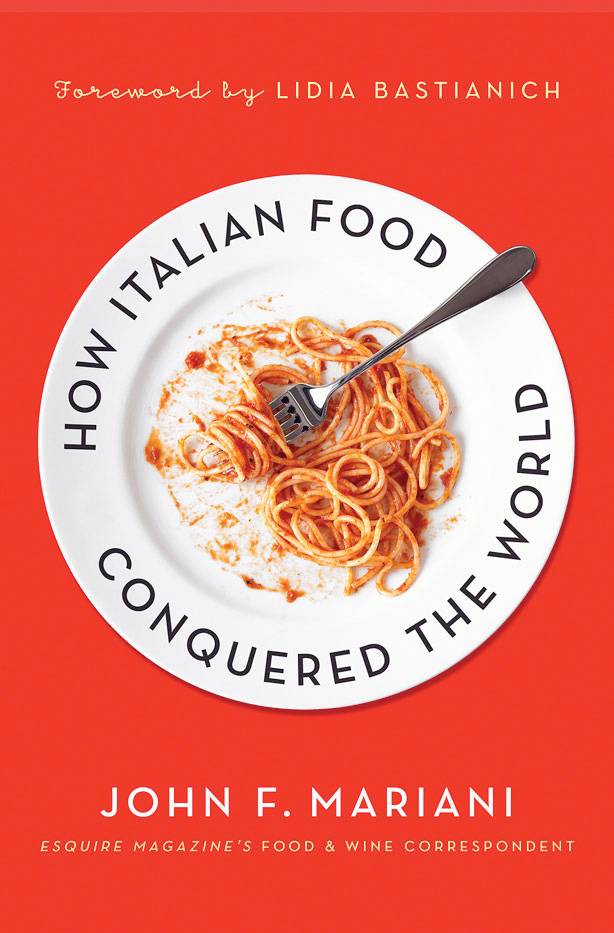
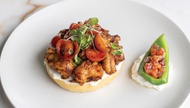
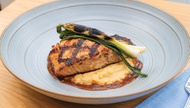
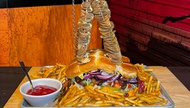
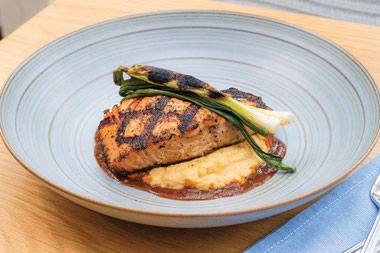
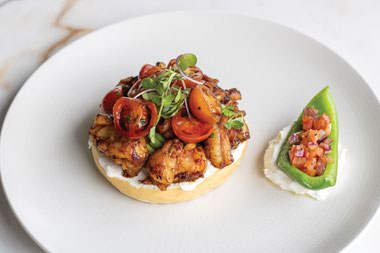

Previous Discussion: